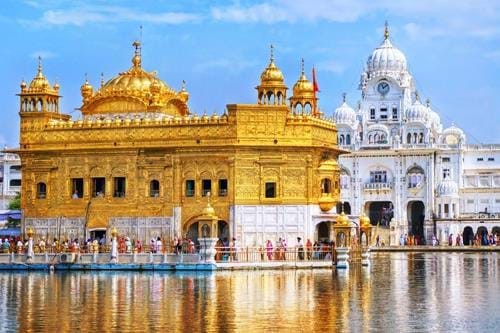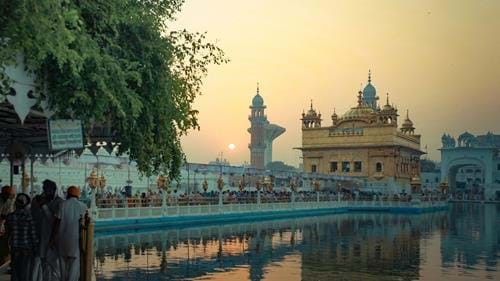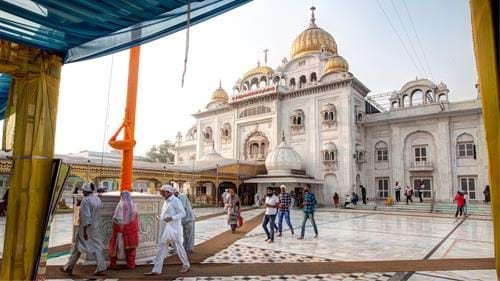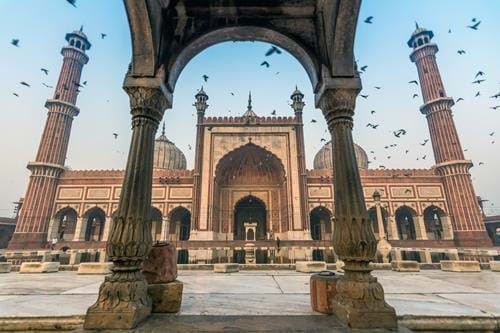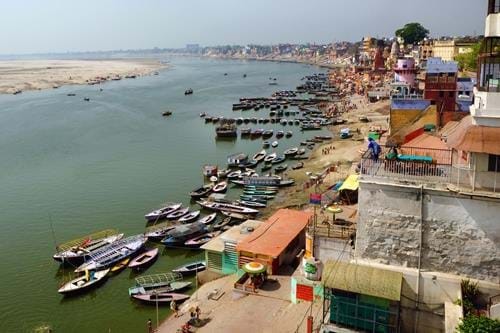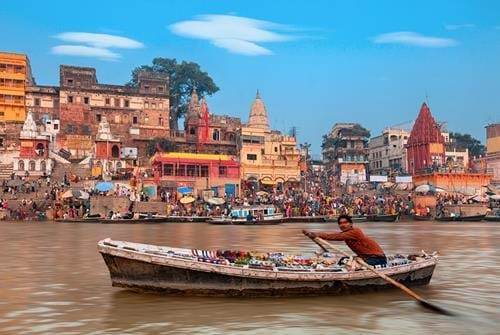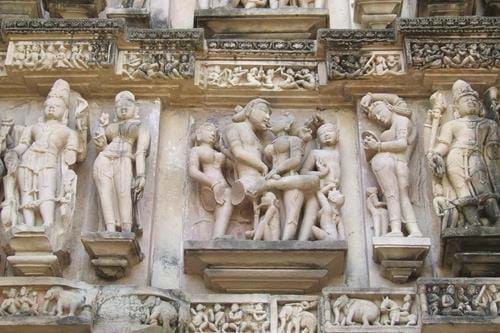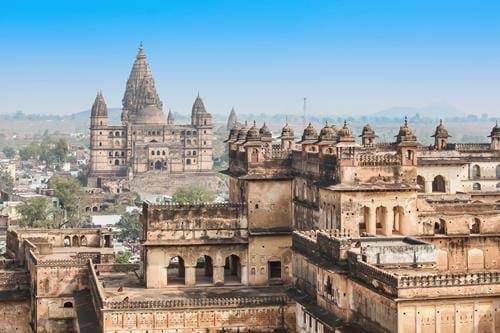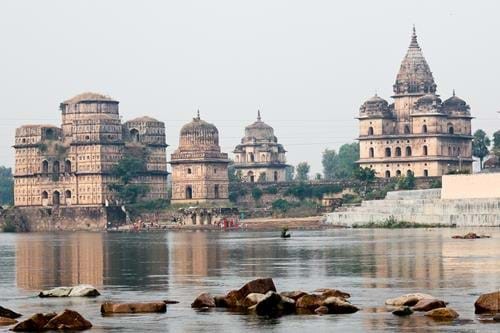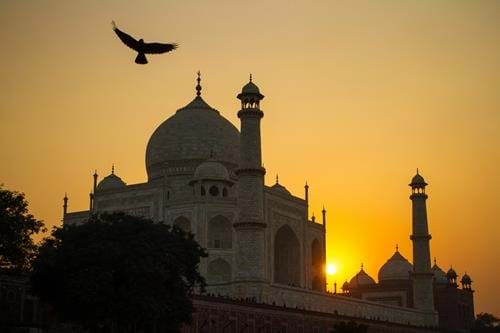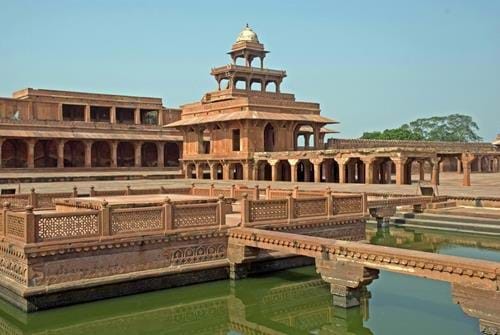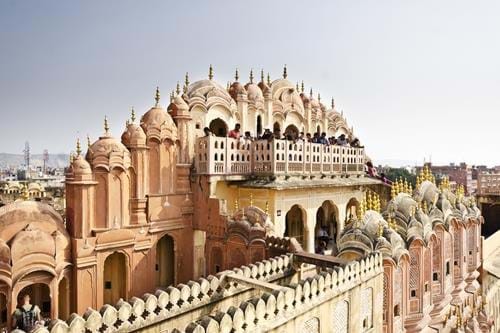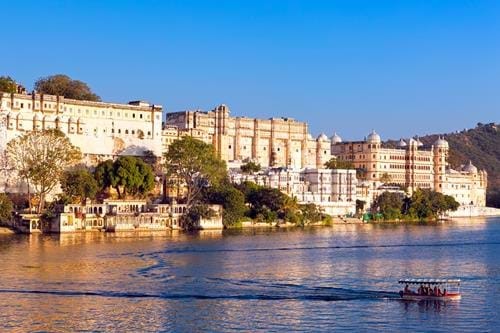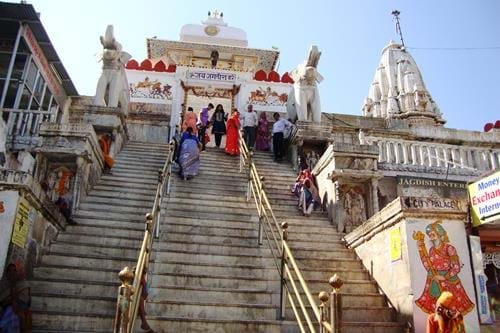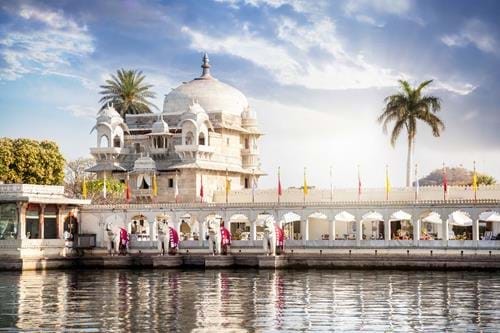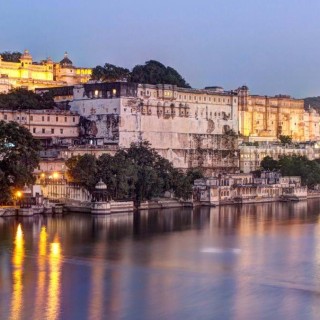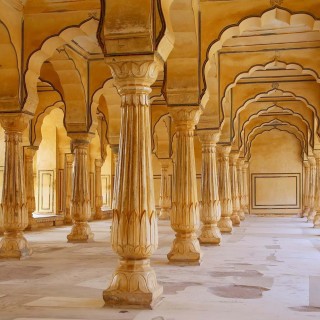Tailor-Made Tour
- Duration17 Days
- Flights IncludedYes
- Prices From £ 3925
 Places Visited :
Amritsar, Delhi, Varanasi, Khajuraho, Orchha, Agra, Jaipur, Udaipur
Places Visited :
Amritsar, Delhi, Varanasi, Khajuraho, Orchha, Agra, Jaipur, Udaipur
Experience India’s sacred and religious heritage on our tour of the north’s historic highlights. Spanning 2,500 years of monumental architecture, this route across the Gangetic Plains to southern Rajasthan weaves between India’s most iconic temples, palaces and forts, culminating with a stay in the dreamy lakeside city of Udaipur. In the course of a highly varied fortnight you’ll travel in the footsteps of the Buddha, experience the erotic intensity of Khajuraho’s Tantric stone carvings and watch sunrise over the Ganges at Varanasi, as well as seeing the Taj and many other fabulous medieval wonders, including a couple of rarely visited gems.
Remember, this trip can be personalised to suit your travel needs - we can tailor everything from hotel, travel type, duration and more.

